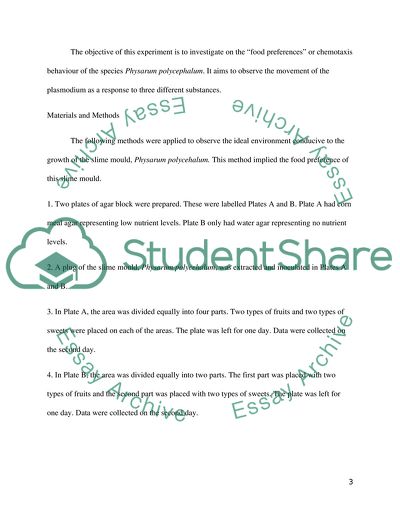Cite this document
(Biology Lab Report Example | Topics and Well Written Essays - 1250 words - 1, n.d.)
Biology Lab Report Example | Topics and Well Written Essays - 1250 words - 1. https://studentshare.org/biology/1795235-lab-report
Biology Lab Report Example | Topics and Well Written Essays - 1250 words - 1. https://studentshare.org/biology/1795235-lab-report
(Biology Lab Report Example | Topics and Well Written Essays - 1250 Words - 1)
Biology Lab Report Example | Topics and Well Written Essays - 1250 Words - 1. https://studentshare.org/biology/1795235-lab-report.
Biology Lab Report Example | Topics and Well Written Essays - 1250 Words - 1. https://studentshare.org/biology/1795235-lab-report.
“Biology Lab Report Example | Topics and Well Written Essays - 1250 Words - 1”. https://studentshare.org/biology/1795235-lab-report.


